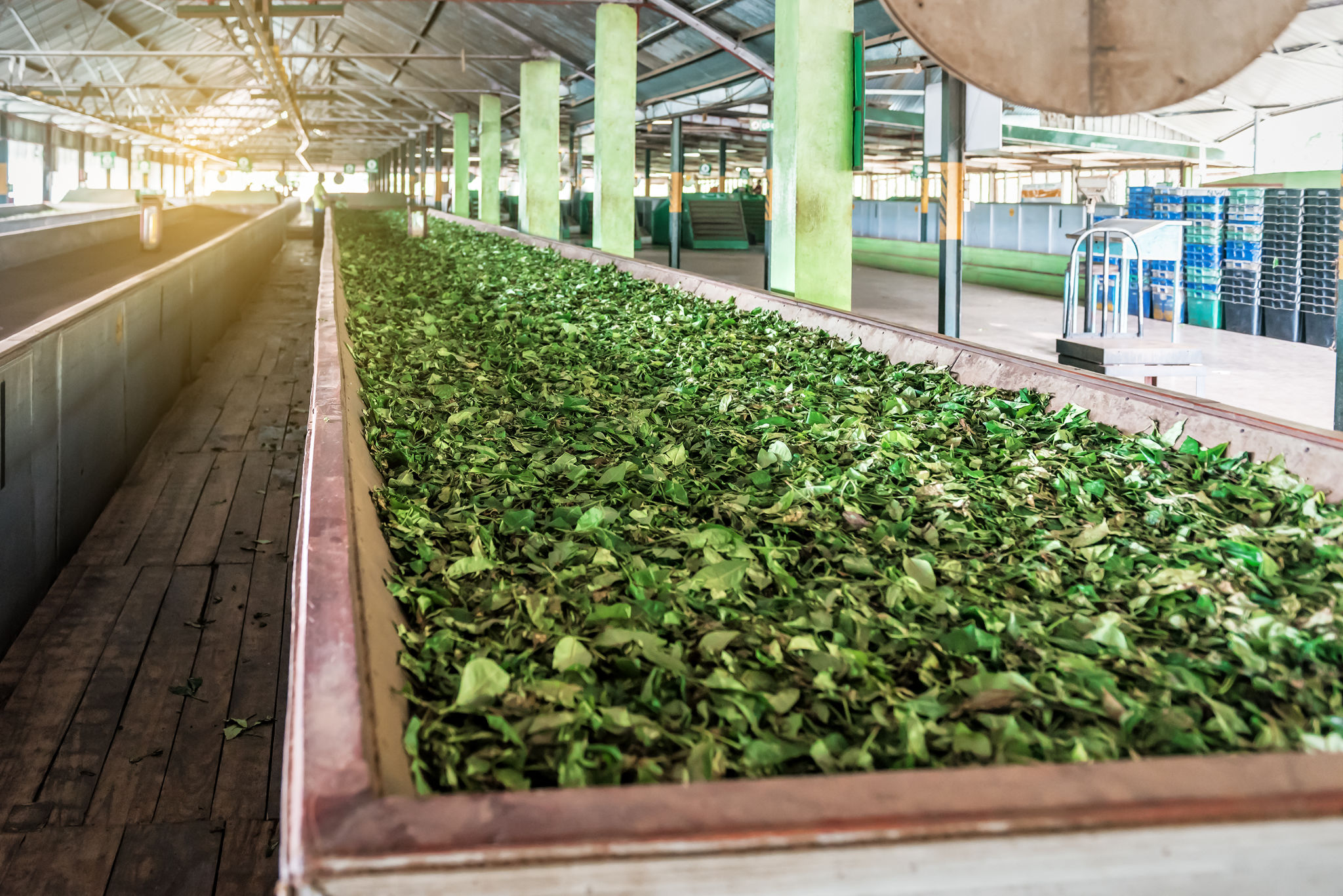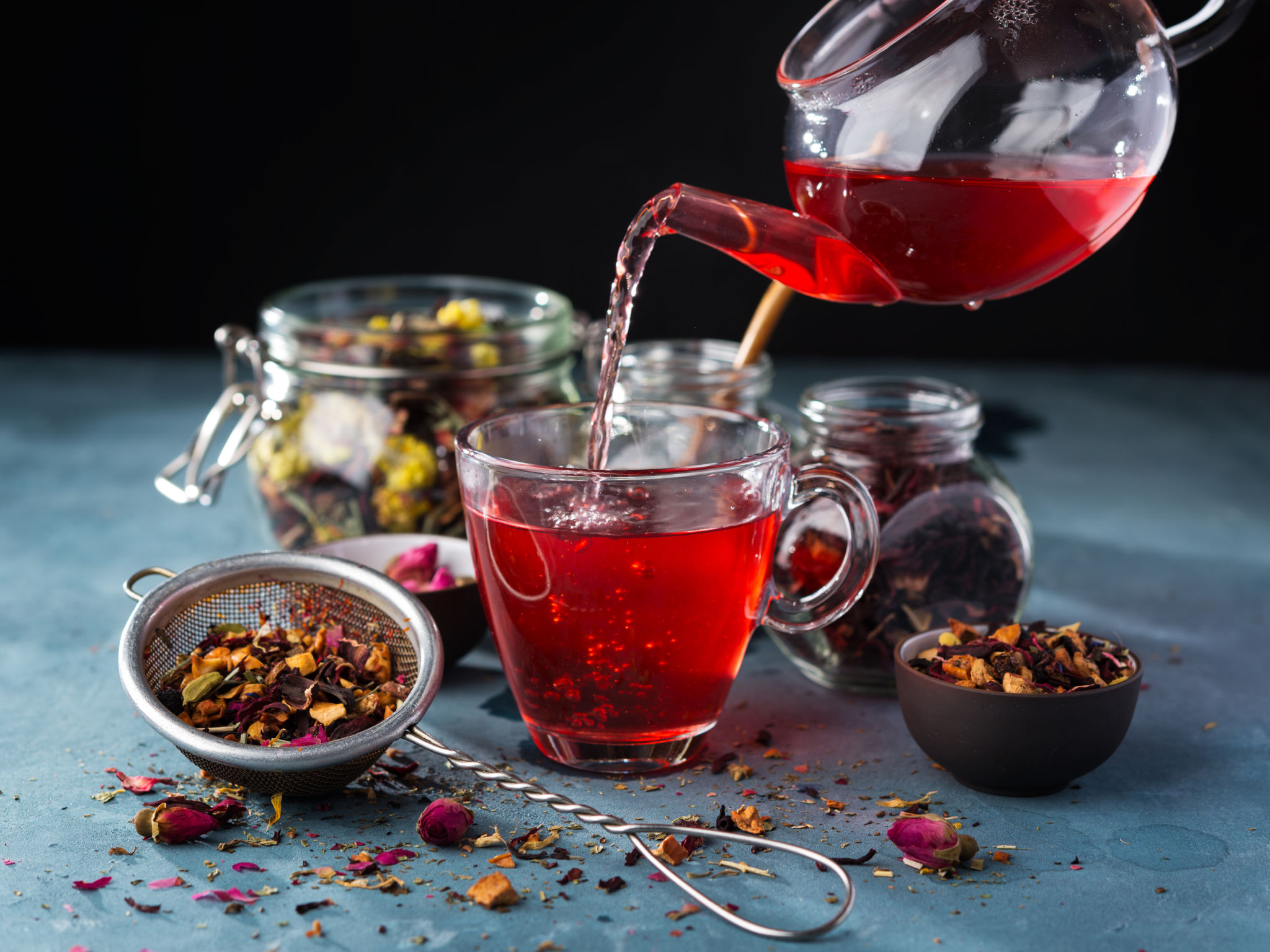The Ultimate Guide to Choosing Between Black and Green Tea
Understanding the Basics of Black and Green Tea
Both black and green tea come from the same plant, Camellia sinensis. The primary difference lies in their processing methods. Black tea is fully oxidized, giving it a rich, bold flavor, while green tea is minimally oxidized, resulting in a lighter, more delicate taste. This difference in processing not only affects flavor but also impacts the nutritional profile of each type of tea.
Oxidation is a key factor in determining the final taste and color of the tea. Black tea undergoes a full oxidation process, which darkens the leaves and enhances its robust flavor. In contrast, green tea is quickly dried or steamed to prevent oxidation, preserving its vibrant green color and fresh taste.

Flavor Profiles and Preferences
The choice between black and green tea often boils down to personal preference. Black tea is known for its strong, malty flavor with notes that can range from sweet to bitter. It pairs well with milk and sugar, making it a popular choice for breakfast teas like Earl Grey or English Breakfast.
Green tea offers a more subtle experience with grassy, vegetal notes that can be slightly sweet or astringent. It's often enjoyed plain or with a hint of lemon or honey. Varieties such as Sencha, Matcha, and Dragon Well offer unique flavor profiles that cater to different tastes.

Health Benefits to Consider
Both black and green teas are rich in antioxidants, which are beneficial for health. However, green tea is particularly noted for its high content of catechins, a type of antioxidant linked to numerous health benefits such as improved brain function and fat loss.
Black tea contains more theaflavins and thearubigins due to its oxidation process. These compounds have been associated with improved heart health and reduced inflammation. Both teas offer potential benefits, but the type of antioxidants they provide varies due to their processing methods.

Caffeine Content and Energy Boost
If you're looking for an energy boost, caffeine content is an important consideration. Black tea generally contains more caffeine than green tea, making it a suitable choice for those needing a morning pick-me-up. A typical cup of black tea has about 40-70 mg of caffeine compared to 20-45 mg in green tea.
Despite its lower caffeine content, green tea is often praised for providing a smoother energy boost without the jitters associated with coffee or other high-caffeine beverages. This is partly due to the presence of L-theanine, an amino acid that promotes relaxation without drowsiness.
Pairing Teas with Foods
The choice between black and green tea can also depend on the foods you're planning to enjoy with your beverage. Black tea's bold flavors make it an excellent accompaniment to hearty dishes like meats or rich desserts.
In contrast, green tea's lighter profile pairs well with delicate flavors such as sushi, salads, or lightly cooked vegetables. Experimenting with different pairings can enhance your dining experience and bring out the best in both your food and tea.

Final Thoughts: Making Your Choice
Ultimately, choosing between black and green tea depends on your personal taste preferences and lifestyle needs. Whether you prefer the robust flavors of black tea or the gentle notes of green tea, both offer unique experiences worth exploring.
Consider trying different varieties and brewing methods to discover what suits you best. Whether enjoyed alone or paired with meals, both black and green teas can be delightful additions to your daily routine.
